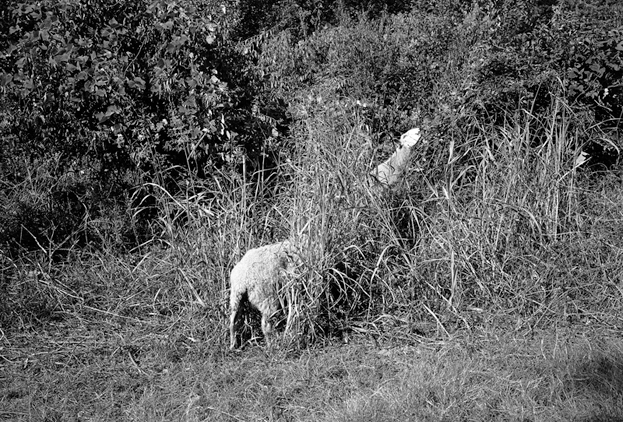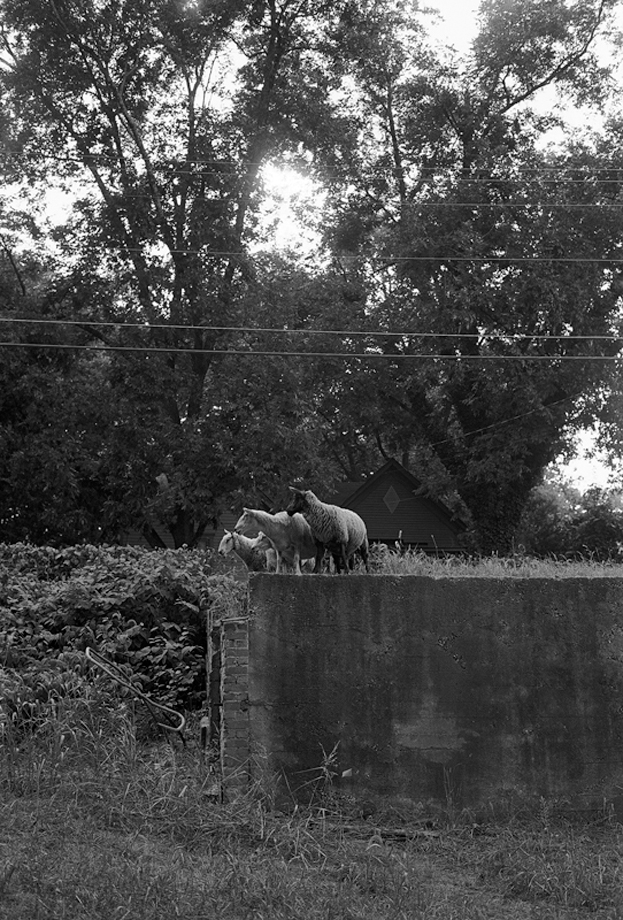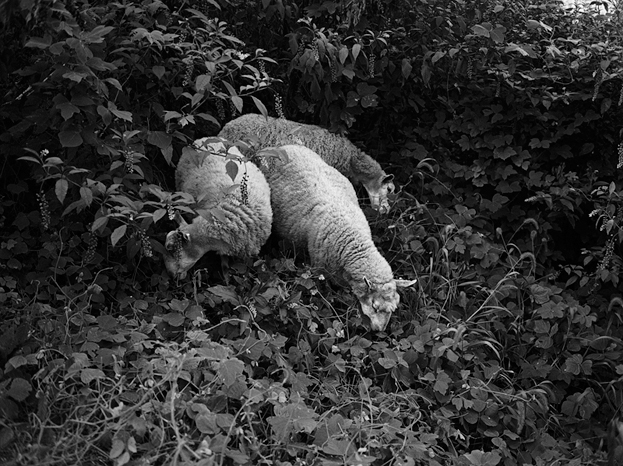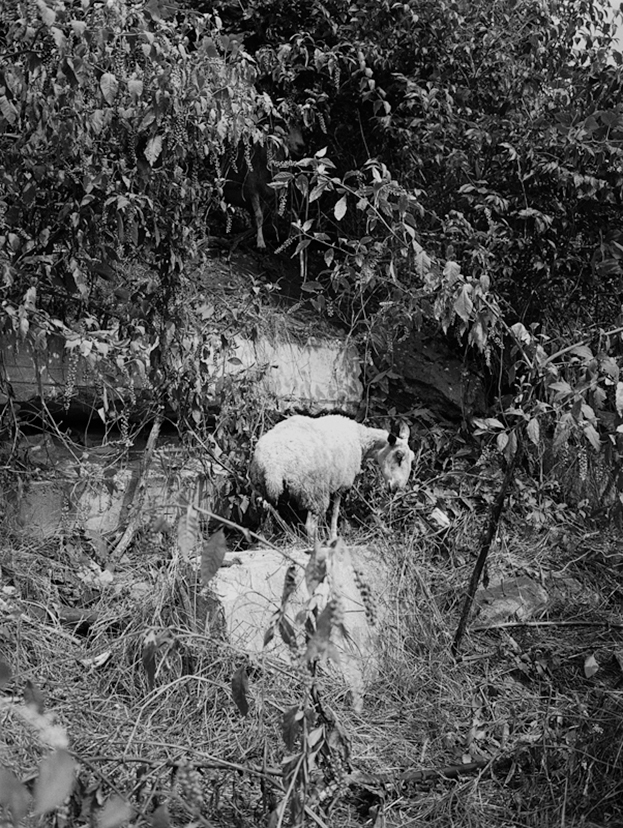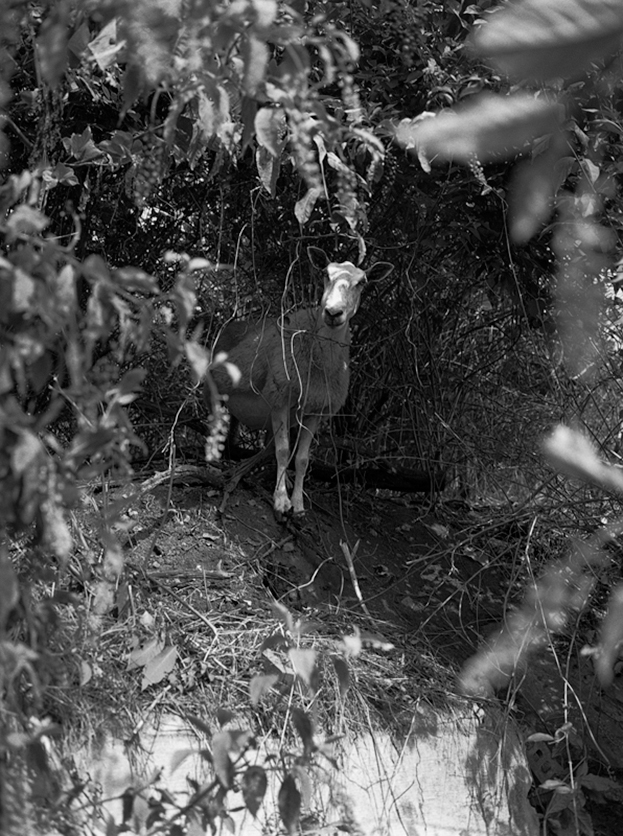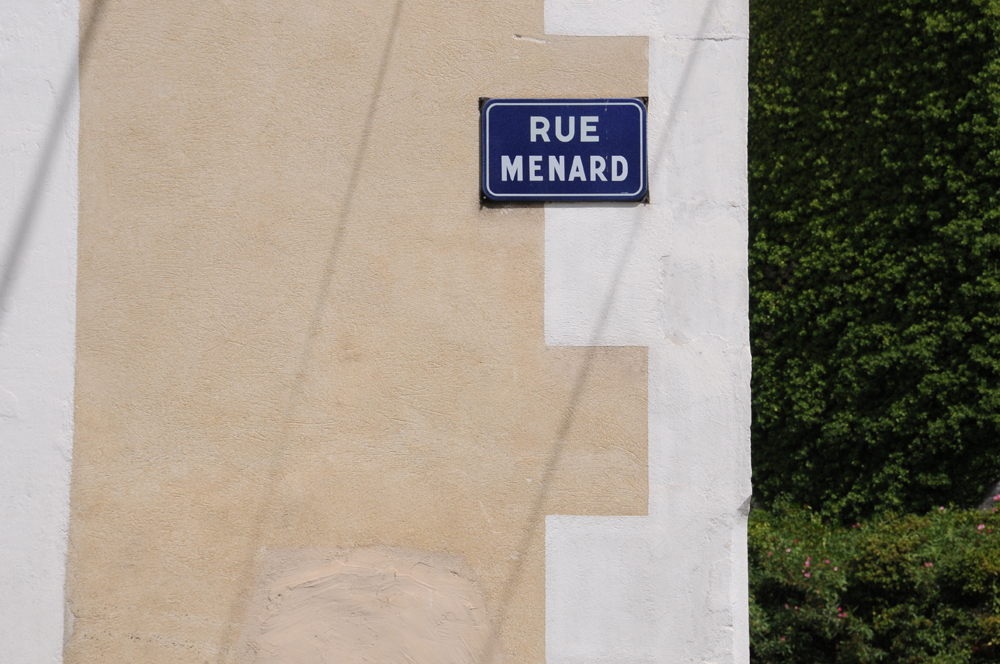CHARLES GAINES
Friday, October 14th, 2011CAN I COME BACK AS A BIRD
— I was born in Charleston, South Carolina. My mother, Amelia Richardson who was born and raised in Charleston, met my father Elmore Gaines, a native of Madison, Fla., while he was stationed at the Charleston Naval Base. Obviously, these facts are important to me, but what may be important culturally and historically is that my parents were part of the Great Migration, the migration of southern blacks to the north between 1915 and 1970. During those years, “more than 6 million African-Americans moved out of the South…”1 mostly for greater employment opportunities. My parents joined this migration in 1946, settling in Newark, New Jersey where my Father’s mother had already settled. His grandmother raised my father in Madison. My sister and I remained in Charleston with our maternal grandmother and grandfather along with our 13 aunts and uncles until my parents came down to get us a year and a half later in a new “used” car my father purchased from income he earned from his new job driving a bakery truck.
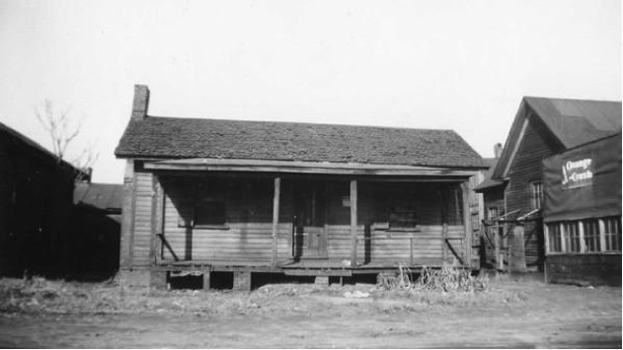
This house, from a photo taken in 1940, is the same type my mother was born and lived in until she was 26 years old. I was born by a midwife in the same house and lived there until four years old. Photo taken from ATLANTA HOUSING AUTHORITY PHOTOGRAPHS
In Charleston I lived in an extremely humble wooden house along a dirt road that served about 5 other similar type houses. This was my first view of life: an urban residential site where pigs and chickens lived among people, rather than the agrarian or agricultural site where one would normally find this co-habitation. In this community small livestock was necessary for survival. A site where Jim Crow laws and segregation, along with deep poverty would make life itself seem like a punishment were it not so commonplace, in which case it just seemed like life. It is simply understood as life, not a great injustice.
In many ways my mother was the agent of my understanding, she was the person I could learn from and could talk to since I could not ask for an explanation from the chickens and the pigs, nor the dirt road, nor the wooden “huts” and other figures of poverty that surrounded me. Although I think I understand that my surroundings represented a great injustice, I also saw in them a remarkable fantasy world of black people going about their lives in a landscape of dirt roads, old trees, and crowing and grunting animals. The occasional white person would show up for any number of reasons, but I would know him only as an unknowable alien. Ultimately, beyond the political implications of Jim Crow life, this was simply the place where I lived for my first four years. And this allowed speculations about it that was born out of innocence. I saw the racial separation but I did not see injustice. And although I questioned this separation (I knew somehow it was wrong), in my mind these questions allowed me to deal with racism, not through political activism but through imagining it as a fantastical construction, a moment among changing moments, whose destination was to me uncertain. I could construct fantastic narratives of escape, rather than practical strategies to achieve political emancipation. And I would live out these narratives through conversations with my mother.
“I remember my walks as a child . . . in Charleston, South Carolina. I remember images of trees and the flickering shadows they cast, of cackling hens and grunting pigs behind fences, of barking dogs and singing birds, of neighbors talking. I would look to my mother and ask unanswerable questions about the differences between all of these things. […] Amidst the noise of animals I looked at the birds in the trees. “Can I come back as a bird?” I asked her. As I [now] think back on those moments I realize that my present interest in (art) and (philosophy) grew out of my experiences in the South, where, even at the age of three, existential questions were as much a part of me as the toys I played with.”2
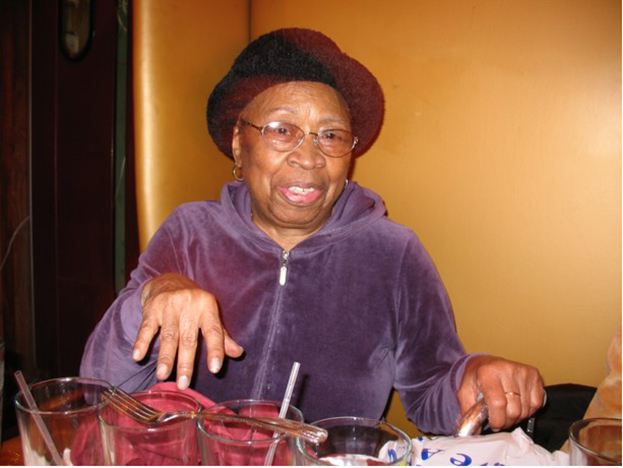
My mother, Amelia Gaines, at 86.
In many ways this is a testimony to my mother. I knew 149 Congress Street (where I lived in Charleston) only through our conversations; what was uplifting was that as I speculated about the nature of things, I could feel her tolerance of my imagination. I saw in her a remarkable spirit that allowed her to convert a tough, hellish life with few rewards into a space of unlimited possibilities. For this was her reality, and in many ways it still is. As a young woman in Newark she worked long hours sewing dresses for $16 a week. And although my father worked construction, he made half the wages of the white worker. This was not enough for him to properly support a family of a wife and three kids. Despite my mother’s admonitions my father would borrow from loan sharks to “Put bread on the table,” as he would say.
On one occasion a Shylo (debt collector or “leg breaker”)3 came to the house and asked for my father. He was late on a payment and knew they were coming; he made himself absent. My sister was in my parent’s bed, very sick, coughing continuously. The Shylo asked my Mother where my Father was, and she said she did not know. The entry to the apartment was through my parent’s bedroom. When my mother opened the door, the Shylo could see my sister lying in bed. He asked, “What is wrong with your little girl?” “She is sick,” my Mom answered, “But we don’t have the money to take her to the doctor.” The Shylo gave my mother money. “See that she goes to the doctor,” he said.
At certain moments times were good, but not for long. Just as we were about to achieve what looked like lower middle-class status, something would happen that jerked us back into poverty. This was a tough life for them. But miraculously my mother was able to enjoy her kids, friends and neighbors in those days, and found joy without giving in to the constant weight of injustice that hung over all of us. In a lifetime of no if little material rewards, my Mother was happy. Although she is very sick now and often appears depressed, I believe she is, on the whole, still happy. Her inner glow has always infected all who happened to be around her. It was a glow that was produced by her ability to see the injustice that engulfed her as an impermanent moment in a long and fantastic voyage. It was always impermanent, temporary. Her tendency to see the world this way was not based in a belief in some futile hope that the future will make things right, as was the case with my father, who believed that providence will change things. Her view of the world was based in her remarkable ability to see the world that surrounded her differently. This gift, I believe, she gave to my brother, my sister and to me.
Many African Americans migrated to the North in search of a better life. The Great Migration was another narrative of transformation, a change, but for the better. But I learned from my mother that there are two ways of looking at change. One as part of a system of progress, whether earned or ordained by providence. The other change is a function of the imagination and happens as the result of magic where the world takes on new meaning.
Postscript
My father, an old Navy man, suffered miserably for twelve years with Parkinson’s disease. He said to me just before he died, “Do you remember how I would always tell you not to worry because someday our ship will come in?” “Yes,” I answered, “What ever happened to that ship?” He quickly responded, “It got torpedoed in the harbor.”
1 GREAT MIGRATION: THE AFRICAN-AMERICAN EXODUS NORTH, Oct 9, 2011
2 Charles Gaines, “Metonymy and the Defamiliarization of Objects,” from the catalog, LURID STORIES, (San Francisco: San Francisco Art Institute), 2001, p.2
3 THE AMERICAN MAFIA – UNDERWORLD SLANG
—
Charles Gaines was born in 1944 in Charleston, South Carolina, and raised in Newark, New Jersey. He received his M.F.A at the Rochester Institute of Technology, School of Art and Design in 1967. He has been on the faculty at the California Institute of the Arts since 1989 and has had a crucially important influence on generations of artists emerging from the west coast. His work is included in the collections of the UCLA Hammer Museum, Los Angeles; MOCA Los Angeles; the Los Angeles County Museum of Art; the Museum of Contemporary Art San Diego, La Jolla; the Whitney Museum of Contemporary Art, New York; the Museum of Modern Art, New York; the Studio Museum Harlem, New York; the Museum of Contemporary Art, Chicago; the Oakland Museum, Oakland, the Lentos Museum, Linz, Austria; the Blanton Museum of Art at the University of Texas at Austin, among others. Solo and two person exhibitions include the 2007 Venice Biennale; LAX>

